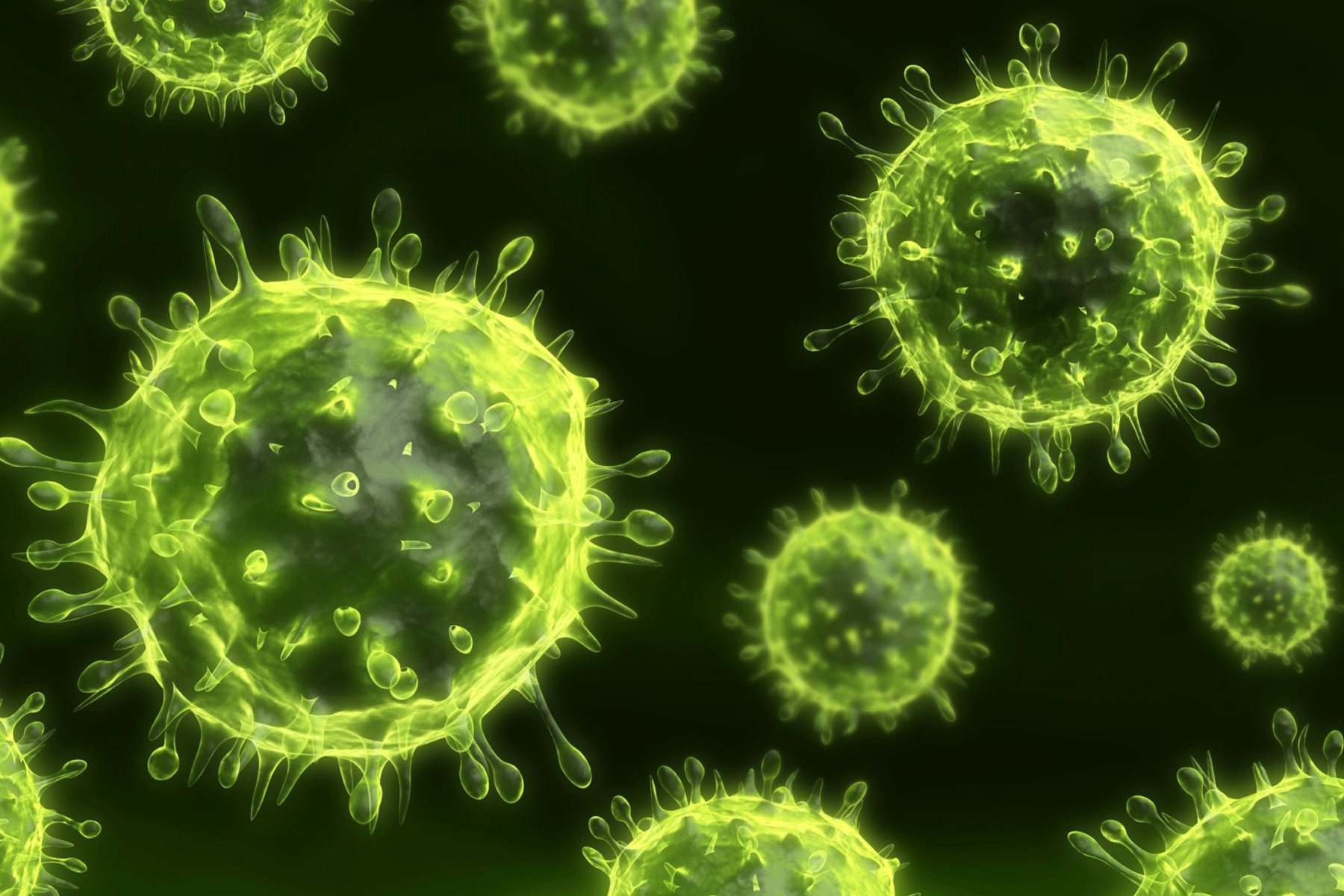While viruses are best known for causing disease and suffering, scientists have recently designed a way to use them as a force for good in the fight against cancer.
Viruses are small, rapidly replicating, infectious agents that can only survive within the cells of other organisms.
Capable of causing thousands of conditions — from the common cold to the Crimean-Congo hemorrhagic fever — viruses are as successful as they are deadly.
Retraining viruses
The new study builds on similar research from recent years. Co-lead author Dr. Alan Parker notes:
“Reprogrammed viruses are already being used in gene therapy procedures to treat a range of diseases, demonstrating they can be trained from being life-threatening into potentially lifesaving agents.”
Evil turned good
Once a virus has entered a cell, it hijacks the cellular machinery to make thousands of copies of itself. Then, the cell ruptures and the new viruses are free to infect neighboring cells. In the retrained viruses, the same occurs, but only cancer cells are invaded and ruptured.
The virus’s ability to replicate so quickly makes them a formidable pathogen, but once they have been repurposed, their rapid multiplication becomes a therapeutic benefit.
As an added bonus, the virus triggers an immune response and helps the immune system to recognize, target, and destroy the cancerous cells.
Dr. Alan Parker: “In this case, we introduced the reprogrammed virus to ovarian cancer, which it successfully identified and destroyed. This is an exciting advance, offering real potential for patients with a variety of cancers.”
In the future, the researchers hope to tweak their viral weapon further. They want to train the virus to recognize a protein component that is shared by ovarian, breast, pancreatic, lung, and oral cancers.
Also, farther down the line, the scientists hope to make the virus even more powerful. They believe that by tinkering with its DNA, they might be able to program it to produce and release antibodies or other anticancer compounds while it is housed within the cell.
https://www.medicalnewstoday.com/articles/321933.php
 English
English
 فارسی
فارسی 


